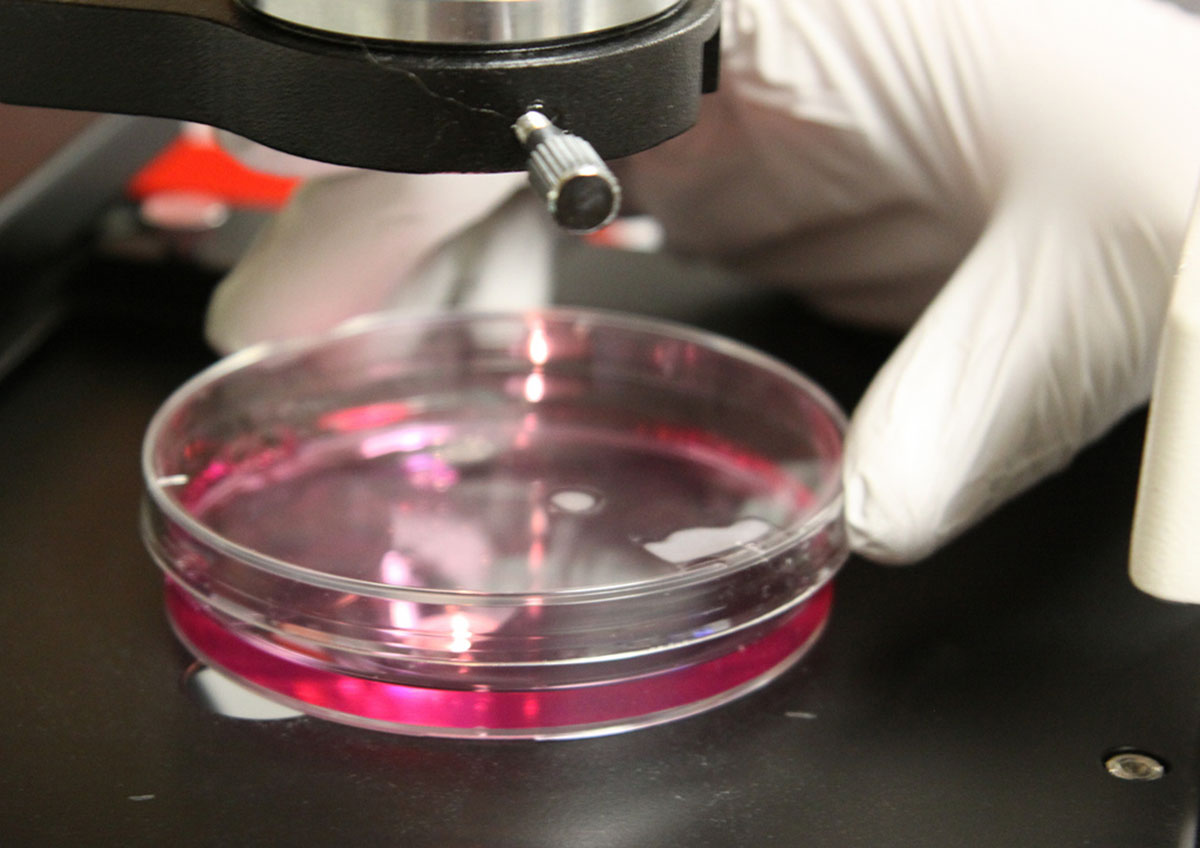Table of Contents
Even the results of studies that find low vitamin D levels are linked to increased rates of osteoporosis and bone fractures were called into question. People who have osteoporosis are known to have lower levels of vitamin D, but the process of osteoporosis is also known to be gradual. People who go on to develop full-fledged, obvious symptoms of the disease at first suffer microfractures that go undetected, aches and pains that make them less active.

People who stop getting exercise also stop getting sun, and their bodies make less vitamin D. This would seem to suggest that osteoporosis causes low vitamin D levels rather than the other way around.
Autier and his co-authors do not go so far as to recommend that people who have been diagnosed with osteoporosis stop taking vitamin D, along with possibly vitamin K, calcium, magnesium, zinc, and copper. But they do call recommendations that people who are not known to be vitamin D deficient take supplements "ill advised."
If Not Vitamin D, What?
Autier believes that the underlying problem in diseases associated with low vitamin D levels is inflammation. Control inflammation, and you correct the disease. When you control the disease, then vitamin D levels will naturally go back to normal. Taking supplemental vitamin D is not the answer, that is, it is not the answer for conditions other than osteoporosis.
What Are the Current Recommendations Regarding Vitamin D for Osteoporosis?
Vitamin D continues to be recommended as a treatment for osteoporosis. Vitamin D without calcium, however, has no effect.
The way vitamin D helps build bones is by helping the intestines absorb calcium from food, and helping the bones absorb calcium and phosphorus from the bloodstream. Vitamin D also plays a small role in the ability of the bones to resorb their own minerals as they break down and remodel after wear and tear and fracture.
Only the active form of vitamin D, known as vitamin D3, or cholecalciferol, helps the bones take in the calcium they need. Vitamin D3 is made from the storage form of vitamin D2, or ergocalciferol, by the kidneys. Kidney health is also essential to bone health, and many aspects of diet other than just vitamin D and calcium influence kidney health.
Read More: Vitamin D: Who Needs To Take Supplements?
What are the signs you might be someone who actually needs vitamin D supplementation?
- You have aching muscles or muscle twitching.
- Your joints ache.
- You don't get a lot of sun, or you live at a latitude north or south of 35 degrees (north of Atlanta or Los Angeles in the USA, south of Buenos Aires or Sydney in the Southern Hemisphere, anywhere in Europe or Russia, north of Shanghai or Tokyo in Asia).
- You have dark skin.
- You work nights and sleep during the day.
- You live in a hot-summer climate where air conditioning is a necessity.
It isn't necessary to take huge amounts of vitamin D to get a benefit. As little as 500 to 5,000 IU a day is more than enough to prevent deficiency. You can get this from a supplement, or by exposing your hands and face to morning sunlight for 20 minutes every day. Adequate calcium and protein in diet are also essential. But don't take vitamin D with the expectation it will prevent cancer (other than some forms of colorectal cancer), heart disease, or diabetes.
- Autier P, Gandini S, Mullie P. A systematic review: influence of vitamin D supplementation on serum 25-hydroxyvitamin D concentration.J Clin Endocrinol Metab. 2012 Aug
- 97(8):2606-13. doi: 10.1210/jc.2012-1238. Epub 2012 Jun 14. Review.
- Autier P. and collaborators. Vitamin D status and ill health: a systematic review. he Lancet Diabetes & Endocrinology, Volume 2, Issue 1, Pages 76 - 89, January 2014.
- Photo courtesy of Thirteen Of Clubs by Flickr : www.flickr.com/photos/thirteenofclubs/5521095682/
- Photo courtesy of Oregon State University by Flickr : www.flickr.com/photos/oregonstateuniversity/8411011377/


Your thoughts on this